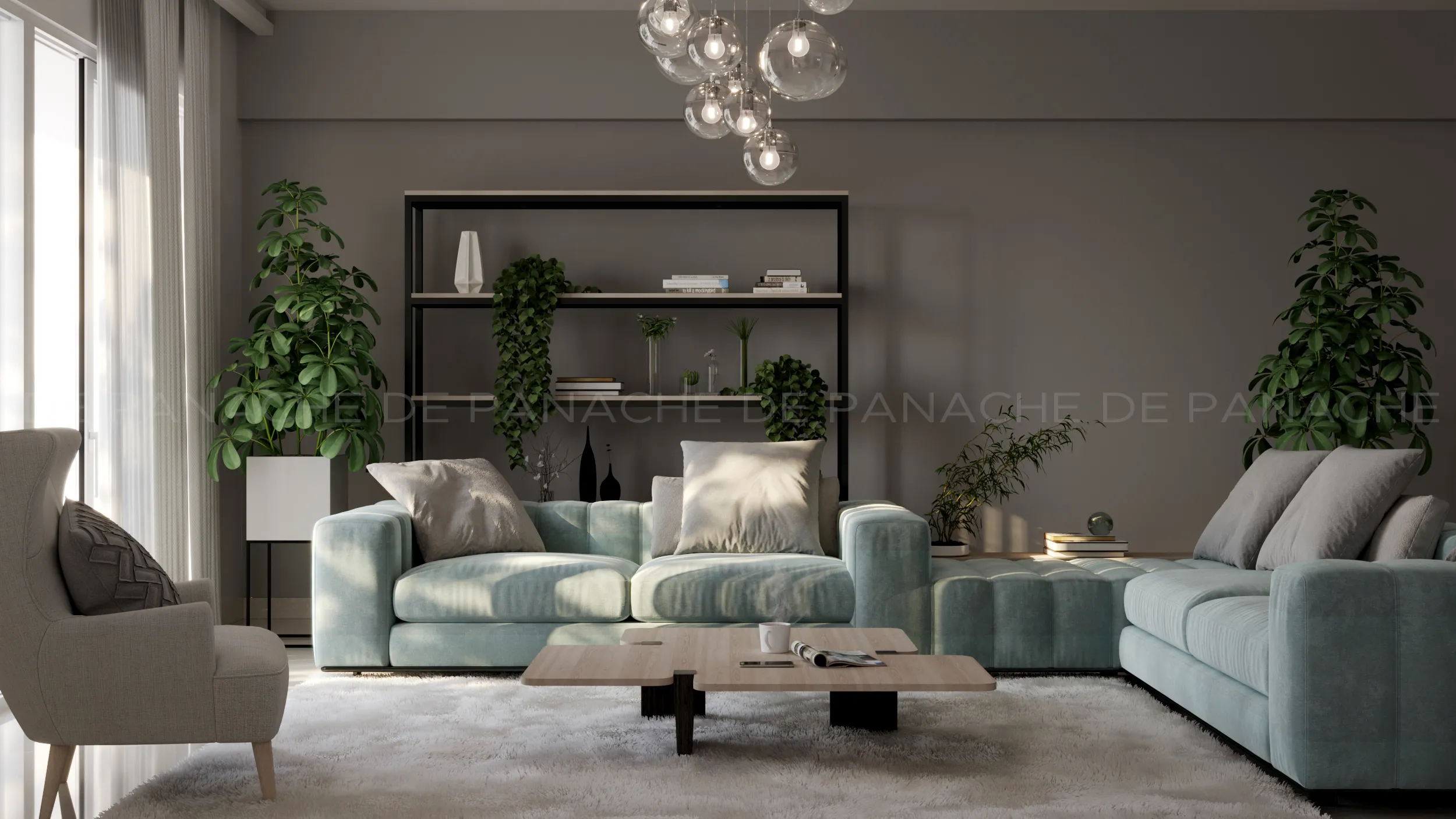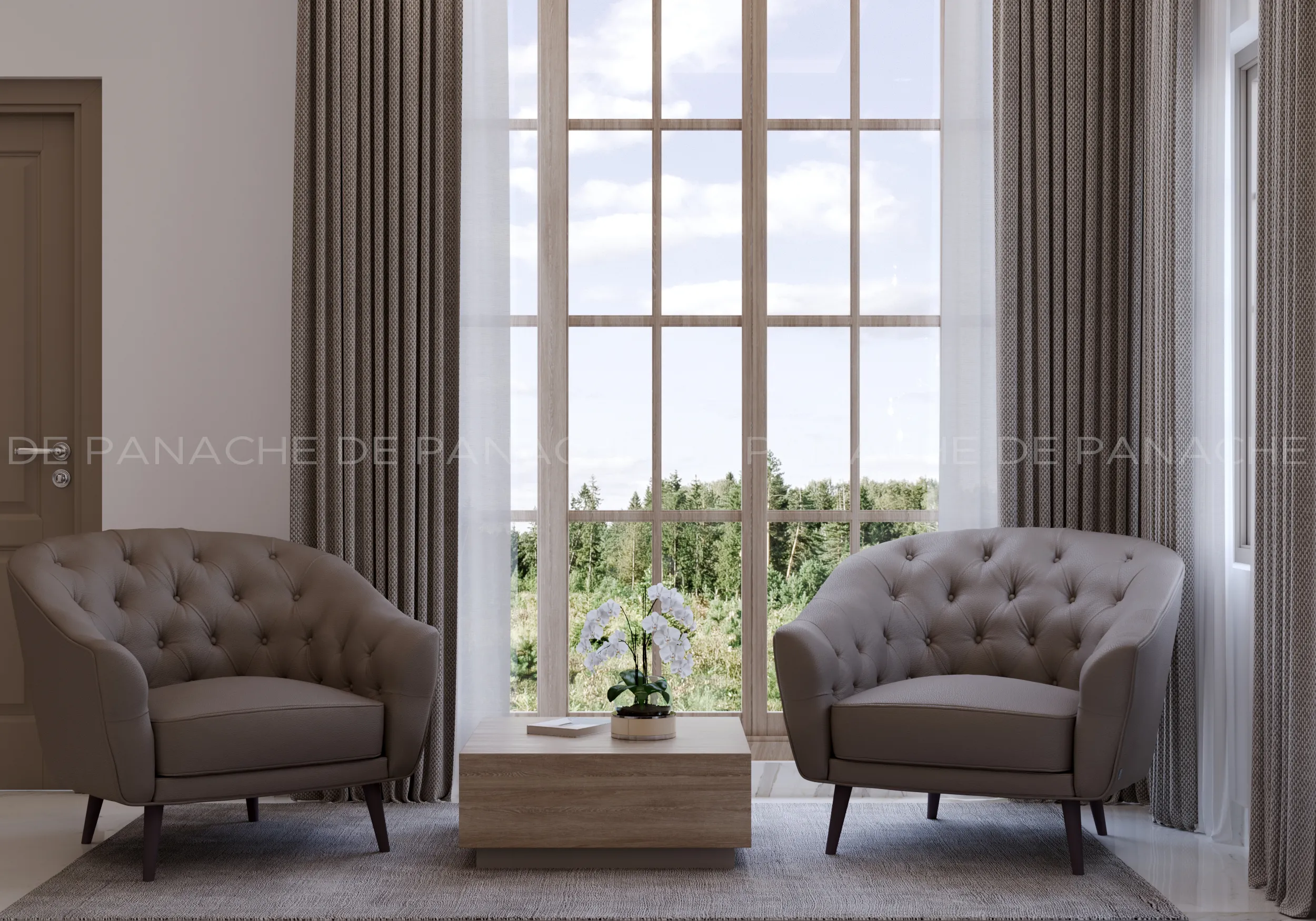- June 10, 2022

In this post, we discuss the different color combinations that you can use to create a study room in your home.
Color can have a big impact on a student’s mood. Asking students to create their color palette can be an effective way to teach students how to choose colors that fit their moods. If you’d like to try creating your color scheme, here is a step-by-step guide from De Panache to help you choose the perfect color combination for your study room:
Step 1: Brainstorming Your Colors
The first thing you should do is brainstorm all of the colors that you are thinking of using. You may want to keep a running list in a notebook, in the notes app on your phone, or even on a Pinterest board. Start by listing all the colors that you see on your walls, in your books, on your desk, and in your favorite clothing. It’s easy to get distracted when you are looking at all of the colors around you, so you may want to do this exercise outside. Once you’ve listed your ideas, take a walk outside and see how many colors you see in nature.
Step 2: Create a Mood Board
Now that you have a good idea of the colors that you want to use, it’s time to create a mood board. Use this as a starting point for organizing and brainstorming ideas. Create a board that lists all of the colors you’ve been thinking about and start adding images. For example, I often add a photo of my favorite tree or flowers, as well as photos of books that I love, or inspirational quotes. Be sure to include any colors that you would like to avoid, such as red, orange, and yellow.

Step 3: Choose Your Colors
Next, it’s time to choose your colors. This part of the process is the most fun! You’ll need to start by determining the value (lightness/darkness) and the hue (color of the light) of each color. Think about the colors you chose in the beginning and ask yourself which ones are still important to you. Also, make sure that the colors are complementary. This means that the colors will work together. Think about how the reds and greens in the leaves and berries of the tree in my mood board complement each other.
Once you have chosen your colors, be sure to test them out in your room. Make sure that they look good together and that they are easy to mix.
Step 4: Mix Your Colors
Now that you have your colors, you can start mixing them. It’s always better to mix your colors ahead of time, but you may want to wait to mix until after the holidays. Once you have mixed your colors, take a look at them in your room and see how they look. Ask yourself questions like, “Does the color feel too bright?” or “Is the color too dark?” You may want to play around with different hues. Some colors will feel too cold and others will feel too warm. You may even want to add some accents like a border.
Step 5: Add Accents
Finally, add some accents to your color scheme. These could include things like a rug, a bulletin board, a picture, or a plant. Think about what makes your room unique and then try to incorporate those details. If you find that your room needs a little more pop, you can add a pop of color with a vase or lamp.
If you are looking to add a pop of color to your study room, there are a few tricks to help you choose the right color scheme. Try incorporating your favorite colors, a tree, or a favorite animal in your color scheme. Have fun and don’t worry about being perfect!
